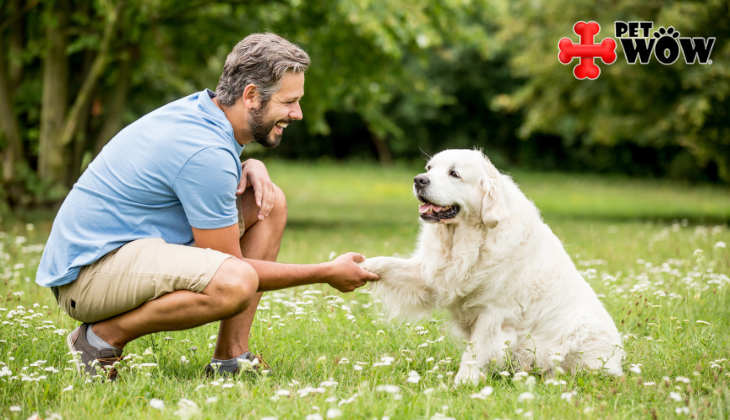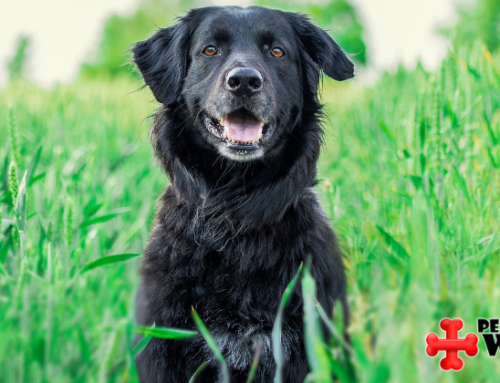It’s a relaxed evening in your backyard, your pet comfortably sitting beside you. Suddenly, the calm breaks as the rustle in the bushes comes alive, and your pet darts toward the danger unknown lying in the shadows. Thousands of pets suffer injuries from wildlife encounters yearly in the U.S. These incidents are stiff reminders of the dangers lurking in our natural environments.
But that doesn’t mean you can’t protect your pet and have them enjoy the great outdoors. Read on as we walk you through crucial tips to keep your pets safe from wildlife threats so they can enjoy every moment spent outdoors.
Understanding the Risks
Knowing the risks involved is the first step towards safeguarding your pets:
1. Attacks from Predators
Smaller pets can be prey to predators such as coyotes, hawks, and owls. Coyotes are incredibly bold and may even come close to human settlements. Keep your pets indoors during dawn and dusk, and keep an eye on them while outside.
2. Venomous Bites
Curious pets may poke around spots where venomous snakes, spiders, or scorpions are hiding. Such bites may prove deadly. Know the species in your area and keep your yard tidy to avoid such risks.
3. Disease Transmission
Raccoons carry rabies and distemper, and deer can carry ticks that spread Lyme disease. Keep your pet’s vaccinations up to date and use tick-prevention products.
4. Accidental Injuries
Even gentle wildlife, such as deer, can cause injuries to your pet if they get startled. Keep your pet on a leash in wildlife-prone areas to prevent mishaps.
5. Eating Poisonous Plants
Plants like lilies or sago palms are toxic to your pet while nibbling. Educate yourself on local poisonous plants and monitor your pet outdoors.
How to Safeguard Your Pets from Potential Wildlife Dangers?
Here are ways to protect your pet from wildlife:
Secure Indoor/Outdoor Play Areas
If you have the space, create a secure outdoor play area or ‘catio’ that lets your pets enjoy the outdoors without the risks of free-roaming. Ensure these areas are fully enclosed, and regularly check for potential escape routes or weak spots.
Keep Your Yard Area Clean
Remove temptations like pet food dishes and garbage cans that may attract wildlife to your property. Keep your pet in view, particularly during the dangerous dawn and dusk hours.
Prevention While On Walks
Pets on leashes are better controlled and are less apt to chase wildlife. Be aware and avoid places where wildlife has been seen. Train your pet to respond to commands like “leave it” or “come” to keep them in line when encountering wildlife. Walking in heavily populated and open areas also presents less danger of running into wildlife.
Improve Visibility and Monitoring
Use reflective and brightly colored collars, leashes, and vests to make your pet more visible, particularly in wooded or dark areas. Bells or noise-making identification tags may also help to deter wildlife.
Use Technology to Keep Safe
A GPS tracking collar on your pet will show your pet’s location in real time. It can save a life if your pet gets loose in an area spotted with wildlife.
Create Noise Barriers
You can install noise-making devices like ultrasonic deterrents or motion-activated alarms to scare away wildlife before they get too close to your property. These devices can be especially effective in rural areas where larger wildlife may venture near your home.
Implement Natural Repellents
Some plants and natural products discourage wildlife. For example, planting marigolds or using sprays made from garlic and peppers works to deter some animals. Research which plants and natural elements will help protect your pet from wildlife.
Regular Health Check-ups and Vaccinations
Keep your pet safe and protected from diseases from wildlife, such as rabies or leptospirosis. Regular check-ups and updated vaccinations are key to the health and safety of your pet.
Learn About Local Wildlife
Know the different kinds of wildlife around your house and their general behavior. It will significantly increase your ability to keep your pets safe. Then, you can take action if you know when they are primarily active or if you see the signs of them being around.
Train Your Pet to Avoid Wildlife
Beyond basic commands, you can condition your pet to avoid wildlife through controlled exposure and positive reinforcement. This training can teach them to retreat rather than fight when they encounter a wild animal.
Set Up Outdoor Lighting
Bright motion-activated lights can startle and deter wildlife from entering your yard at night. These lights can be an effective way to keep nocturnal animals away from your property.
By using these tips, you can vastly increase your pet’s safety regarding the unpredictability of wildlife. With a few proactive measures and vigilant observation, your outdoor adventures with your pet will be safe and fun.
What to Do If Your Pet Encounters Wildlife?
Things can go downhill very quickly if your pet encounters wildlife. Most wild animals carry fatal diseases if treatment is not offered promptly. In most instances, pet owners don’t know the next course of action or fail to appreciate the urgency for immediate medical attention, thus putting their pet’s life in even greater danger.
At Pet Wow, we offer complete veterinary services—from vaccinations to health screening for diseases your pets might pick up from wildlife. Call or come for a consultation, and we can provide all of the routine check-ups and expert care needed for your pet to maintain their health and be safe from any wildlife threat.





